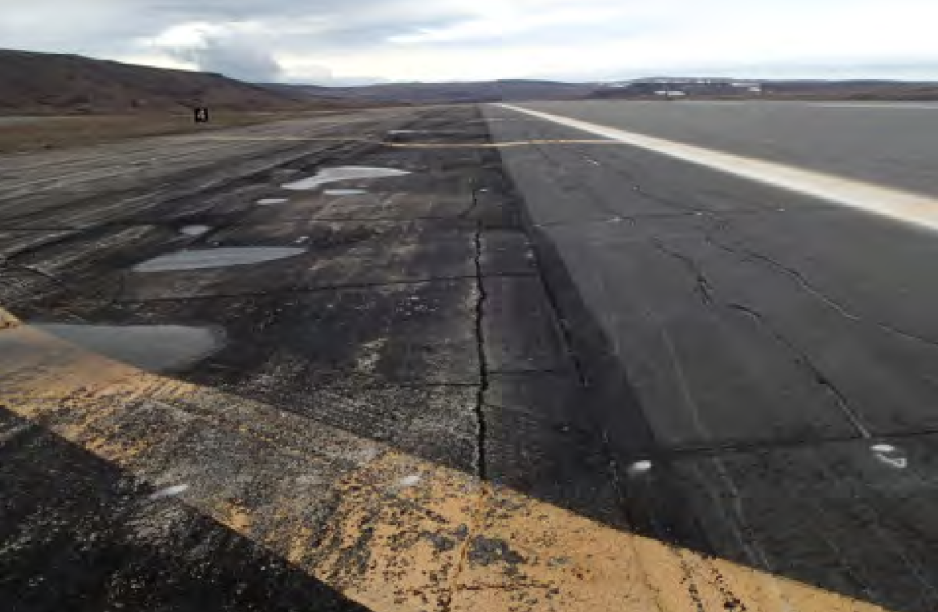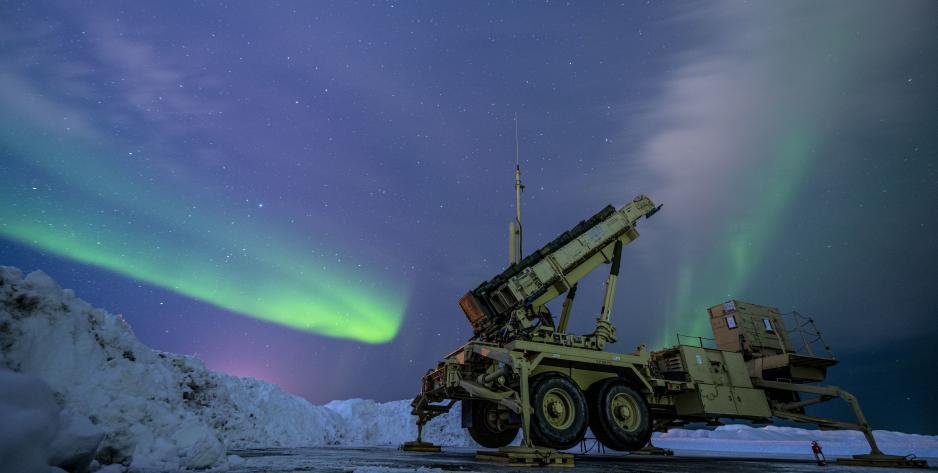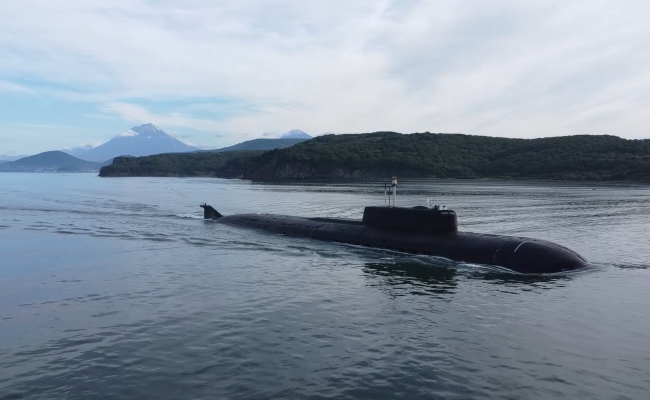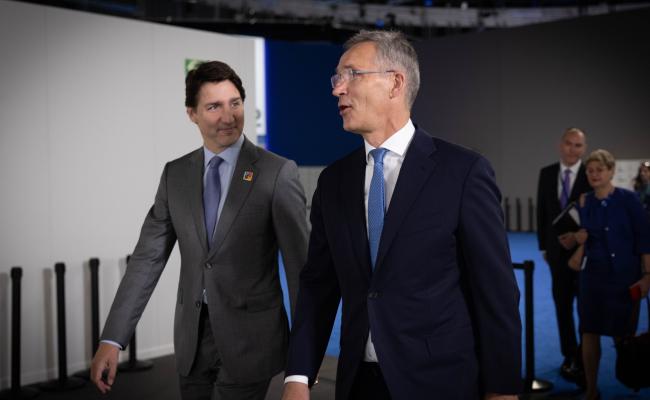US Department of Defense Establishes Arctic Strategy Unit

American paratroopers during an exercise in Alaska in March. US military activity in the Arctic will now have a coordination body in the US Department of Defense. (Photo: Alejandro Peña/US Air Force).
A new office for Arctic strategy at the US Department of Defense will be a political focal point to protect US interests in the region. "There hopefully will never be conflict in the Arctic — but we need to be prepared to operate there," says Deputy Assistant Secretary in the Pentagon.
Last week, the US Department of Defense announced the establishing of an Arctic Strategy and Global Resilience Office.
"[The Arctic] is a critical region for power projection and also for homeland defense," says Iris A. Ferguson, the Deputy Assistant Secretary of the new unit in the Pentagon.
Under Ferguson's leadership, the office will serve as a focal point to ensure that US strategy and policy protects US interests in the region.
The Arctic is covered by three American commands – one Northern, one European, and one for the Indo-Pacific region. The office will help prioritize capabilities for the region, develop deeper partnerships with allies and partners, and enhance Arctic education across the department.
Expertise around the Arctic will be enhanced through the office's oversight of the Ted Stevens Center for Arctic Security Studies, the Pentagon's new regional center for Arctic security studies in Alaska. The center opened in August and will stimulate and conduct its own research, as well as strengthen national and international leadership networks in the field.
In August, the US Department of Defense also announced that the country will appoint its first Arctic ambassador. The announcement clearly shows that the US is serious about the Arctic, says Senior Research Fellow Andreas Østhagen at the Fridtjof Nansen Institute.
Climate challenges
Deputy Assistant Secretary Ferguson points to the effects of climate change in the region, together with Russia's and China's Arctic activities, as central for the American strategic defense perspective on the future.
"We're seeing a lot of geophysical changes that have dramatic impact on our operations and our infrastructure," she says.
Much of military infrastructure is built on melting permafrost and radar sites can also be affected by coastal erosion. As previously covered by High North News, a Pentagon rapport from May 2022 shows that the American military is failing to prepare its bases in the face of long-term climate change.
Climate mitigation is an ongoing process in the US Armed Forces, states Ferguson.

Cracks and frost heaves on runways and hard shoulders caused by water that has melted and refrozen at the American Thule Air Base on Greenland. (Photo: Inspector General at the US Department of Defense).
We're seeing increased geopolitical activity by Russia, as well as China, in the region.
The competitors
The effect of global warming in the Arctic, where temperatures are rising at least three times as fast as the world average, also opens up new spaces for the US's strategic competitors, notes the deputy assistant secretary.
"We're seeing increased geopolitical activity by Russia, as well as China, in the region," she says, referring specifically to the renewed Russian defense architecture in the Arctic.
In addition to trying to adjust international norms and governance structures for its own benefit, China uses economic coercion as a means both globally and in the Arctic, as the Pentagon sees it.
American vigilance around what the two countries are doing has thus increased, according to Ferguson.
"There might not be conflict now — and there hopefully will never be conflict in the Arctic — but we need to be prepared to operate there," states the deputy assistant secretary.

A mobile launch pad for surface-to-air missiles during the joint US and Canadian military exercise Arctic Edge 2022. The exercise was carried out in Alaska in March under the US Northern Command. (Photo: Joseph P. LeVeille/US Air Force).
The foundation
The US Department of Defense launched its latest Arctic strategy in 2019, and since then the Navy, Air Force, and Army have provided their own Arctic strategy documents.
"The priorities for that defense strategy are in protecting the homeland, ensuring that our national interests are safeguarded and protected, and working with nations on shared challenges," Ferguson said.
"The overarching goal is to ensure we maintain peace and stability in the region."
The deputy assistant secretary also points out a past tendency of ignoring the Arctic in the American context, although there is a basis for a quite different perspective:
"It is a place where we have immense territorial equity, actually, for our homeland defense needs, our ability to monitor and respond to threats, and our capacity to project power."
In addition to the aforementioned new American initiatives around the Arctic, a new American national Arctic strategy is also underway. This will be President Joe Biden's update of the current and first national stragey for the region launched by the Obama administration in 2013.
Also read
This article was originally published in Norwegian and has been translated by Birgitte Annie Molid Martinussen.





